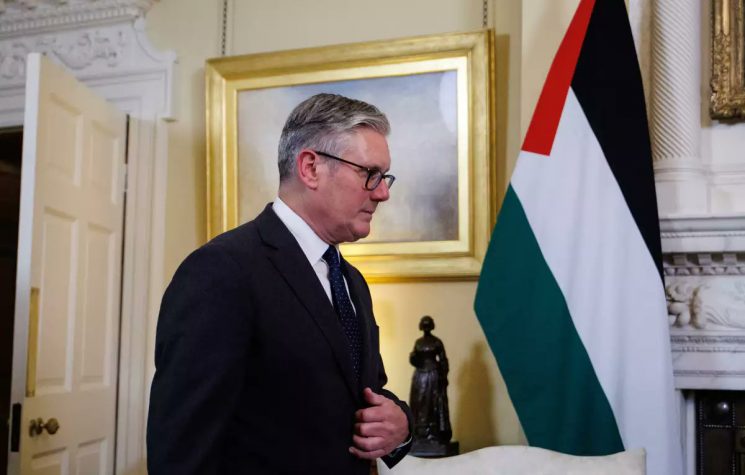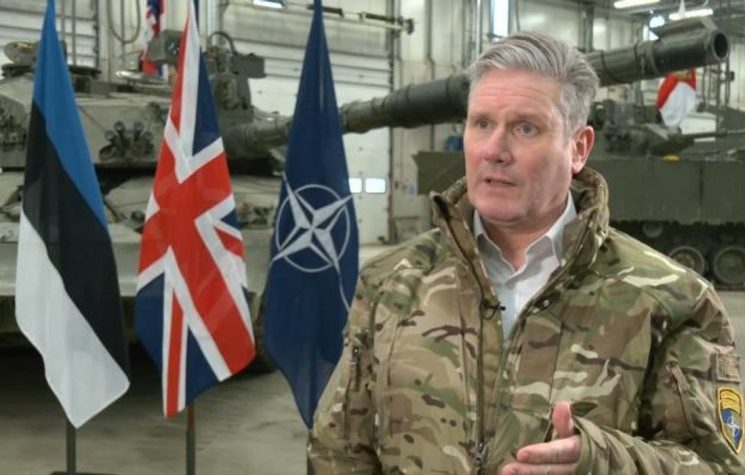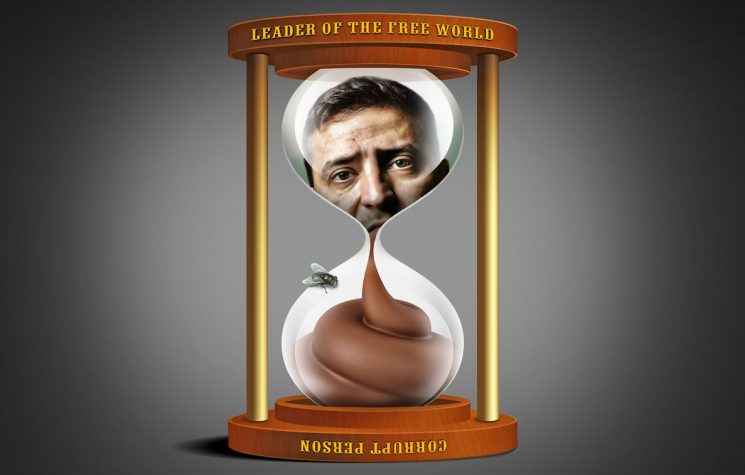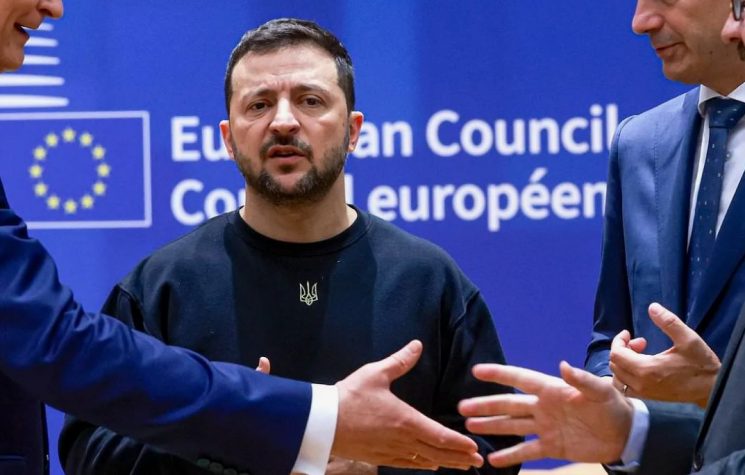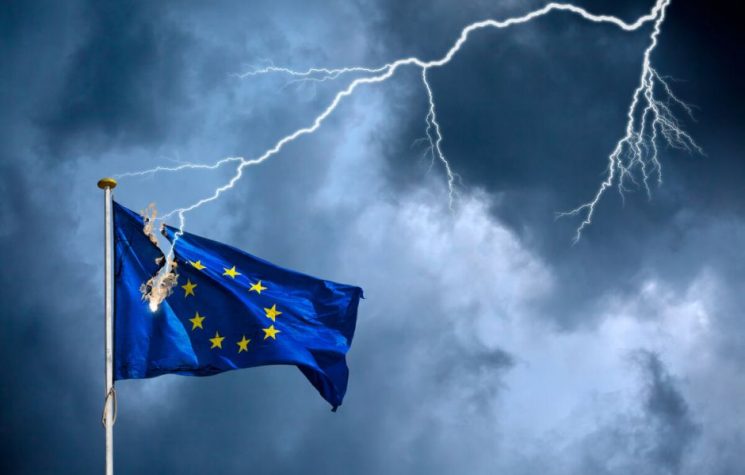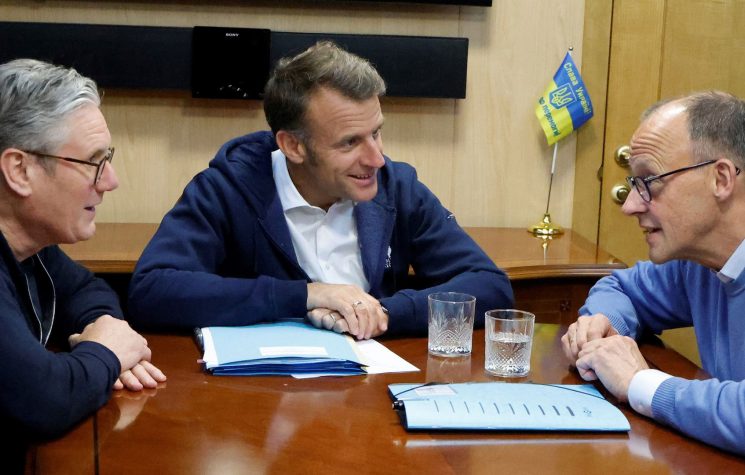No one will be scared by the UK Strategic Defence Review but British people should be
Join us on Telegram![]() , Twitter
, Twitter![]() , and VK
, and VK![]() .
.
Contact us: info@strategic-culture.su
The UK Strategic Defence Review brings little new money to match its toweringly yet vague ambitions, and absolutely no more troops to fight a larger enemy.
One of the claims that Prime Minister Keir Starmer has repeated often, and that the Defence Secretary John Healey repeats in the foreword to the recently published Strategic Defence Review, is that ‘we have announced the largest sustained increase in defence spending since the end of the cold war’.
This is simply untrue. And unfortunately, it reflects the curious mix of hubris and vacuity that peppers the tortured141 pages of the review.
Firstly, it is absolutely clear that there is little new money to throw at defence.
As I have pointed out before, the increase in UK defence spending from 2.02% of GDP when the Ukraine war started, to 2.3% of GDP in 2024, had already happened before the UK general election that ushered Keir Starmer into No.10.
This increase in spending didn’t give us anything new. Rather, it moved items funded from the Treasury reserve – UK military support to Ukraine and the costs of UK military operations in the red sea against the Houthis – into the MoD main budget. It also provided for the big uplift in budget for the MoD’s massively overspent and delay ridden procurement programme, which saw costs shoot up by £65.7bn in 2024 alone.
The only new money Labour has brought to the table is an offer to boost spending by another 0.2% of GDP by 2027; that will be funded by its 0.2% of GDP cut in Overseas Aid spending.
This is less than the Tories delivered.
But, well done to Chancellor Rachel Reeves for prudently not loading Britain with more debt to fund defence spending increases. However, let us not pretend that the Labour Government is throwing large sums of new money at Britain’s tiny and ill-equipped armed forces. Indeed, 2.5% of GDP is half of what NATO is asking for, following Secretary General Mark Rutte’s recent call for 5% spending. There is a vague promise to increase defence spending in the next parliament i.e. after 2029.
The UK Strategic Defence review is not strategic but, instead, deeply underwhelming. It offers 141 pages loaded with breathless aspiration and sweeping statements of the blindingly obvious.
Nothing characterises the towering hubris more than the remarkable claim that we will create and army that is ‘10 x more lethal’. No real evidence is provided for how it will happen beyond a ‘Recce-Strike’ model for land fighting power, aiming to deliver a ten-fold increase in lethality.
This new fighting model, otherwise known as ‘The Land Operating Concept – A New Way of Winning’ was unveiled in September 2023 by the British Army. Let’s be clear, September 2023 was the moment when it became apparent that the Ukrainian botched counteroffensive – which the British army had helped plan in meticulous detail – had failed.
What’s also clear is that there won’t be ten times more troops.
In fact, there will be less troops.
At page 111 the review says they army ‘should have 73,000 regular soldiers’. That is 847 fewer soldiers than the Army had on 1 January 2025, and 2166 fewer soldiers than the Army had on 1 January 2024. But fear not, the report goes on to say that ‘a small uplift in regular personnel should be considered when funding allows.’
Let us not be distracted, however, by the small detail of army shrinkage and the fact that the Russian army is over one million strong and battle-hardened. The UK armed forces, we are assured, will be more ‘integrated’ than ever before, integration being an improvement on ‘joint’ which they are apparently today.
Yet integration is not defined.
Instead, in a masterpiece of drafting by the Circumlocution Office of Little Dorrit, we are reassured at p.16 that ‘under this new model, there is no fixed force design to be delivered by a specified date. The design and capabilities of the Integrated Force, and the way that wider Defence supports it, must continue to evolve as threats and technology do.’
In other words, we don’t know what Integrated means, or when we’ll have it.
Fear not, though, the Ministry of Defence will have to ‘submit an annual statement to the Secretary of State on force design that identifies what has changed’ a statement that might have been plugged out of a 1970s labour relations manual.
There are moments of great irony in the review.
‘We are acutely aware that words such as ‘transformation’ have been used before in defence reviews but the intention has seldom been delivered.’ (P.22) Or ‘this diagnosis is not new. But Defence has not yet made the organisational and cultural change necessary for success. (p.44). In other words, despite the rainforests chopped down to produce meaningless defence reviews in the past that led to no demonstrable change ‘trust us, guys’, this time it will be different.
Hmmm.
Of course, there are occasional and worrying glimpses of fundamental challenges of which my readers will be all too aware.
Stockpiles are inadequate, further reduced by the apparently ‘important and necessary’ transfer of materiel to Ukraine. ‘Procurement systems and Defence’s relationship with industry have not materially changed since the Cold War. Optimism about equipment cost and timelines for delivery means the Equipment Plan is consistently over-budget and outdated capabilities remain in the field for too long.’ (P.34)
And yet, by far the biggest focus of the Review is on buying fancy new kit and getting more comfortably into bed with defence contractors and private investors. Not content to spend billions on existing wasteful procurement programmes, the Review invites us to design the replacement for the already much delayed Dreadnought submarines, before they have even entered service.
In March 2024, the UK Public Accounts Committee reported that there was no credible government plan to deliver desired military capabilities. The Strategic Defence Review does not offer a credible plan.
Instead, it reminds us that ‘the measure of military effectiveness today is not solely the number of people, vehicles, planes, and ships fielded by the Armed Forces.’ Although an army with no troops is rather like the fully staffed hospital with no money for medical staff, made famous by the 1970s satire, ‘Yes Minister’. As the Russians like to say, ‘quantity has a quality all of its own’.
One of the few grains of truth in the review was the observation that ‘Russia’s war economy, if sustained, will enable it to rebuild its land capabilities more quickly in the event of a ceasefire in Ukraine.’ (P.28)
The UK economy, which shrunk by 0.3% in April, is not geared to building UK land capabilities in the same way. Which is why I was surprised that, as a strategic defence review, it gives no column inches to the discipline of diplomacy, that might help the UK to prevent wars, rather than incite, start or prolong them. This, despite observing that ‘regional settlements and solutions may be necessary as it becomes harder for states to achieve common goals at the global level.’ (p.27)
Step back from the vast and cumbersome document and you’ll see that the Strategic Defence Review offers only convoluted pile of bullshit bingo and big ambitions without the money to deliver upon them, the organisational skills to manage them, nor the troops ready to deploy to where the metal meets the meat. This should scare no one except, perhaps, the British people.






















